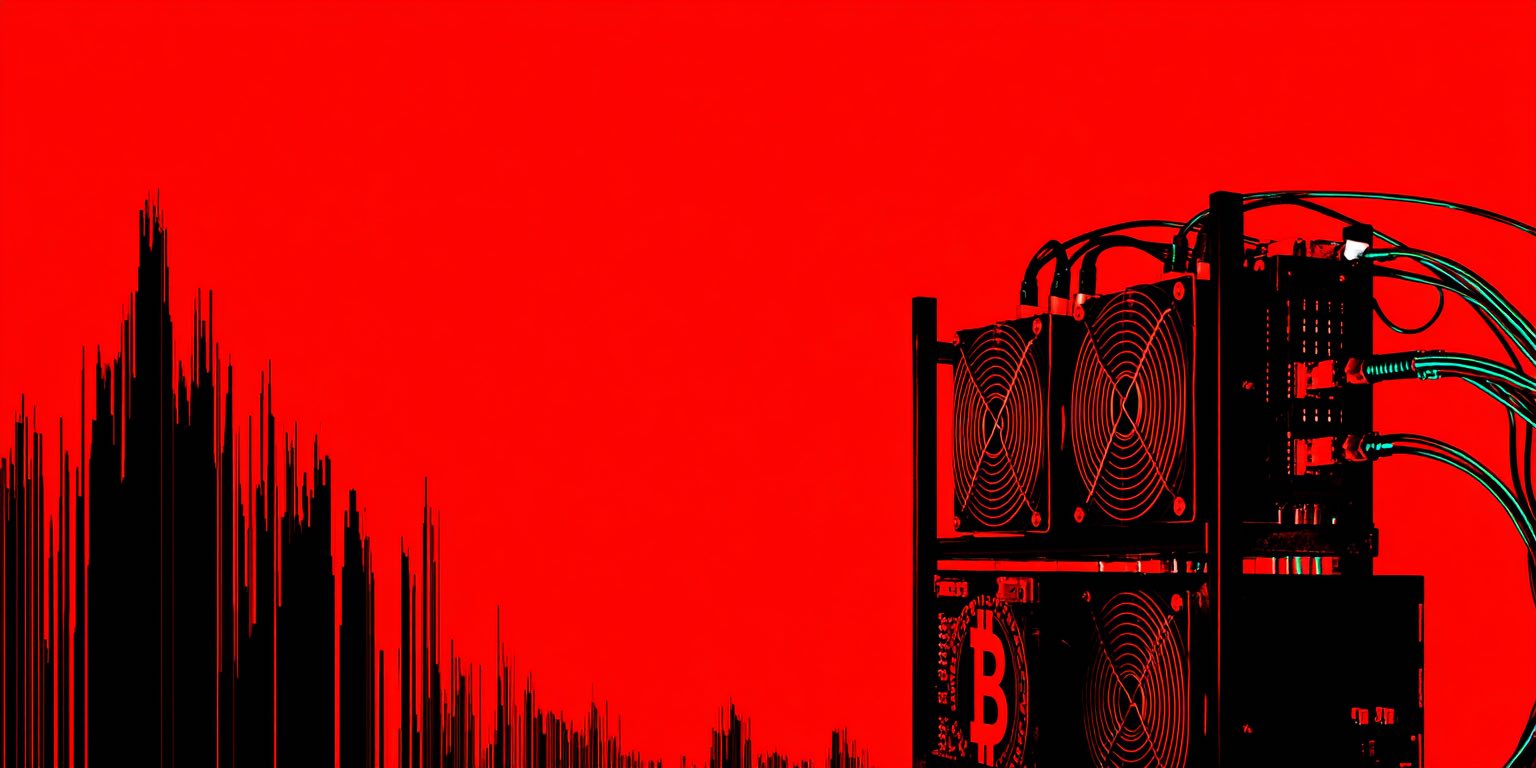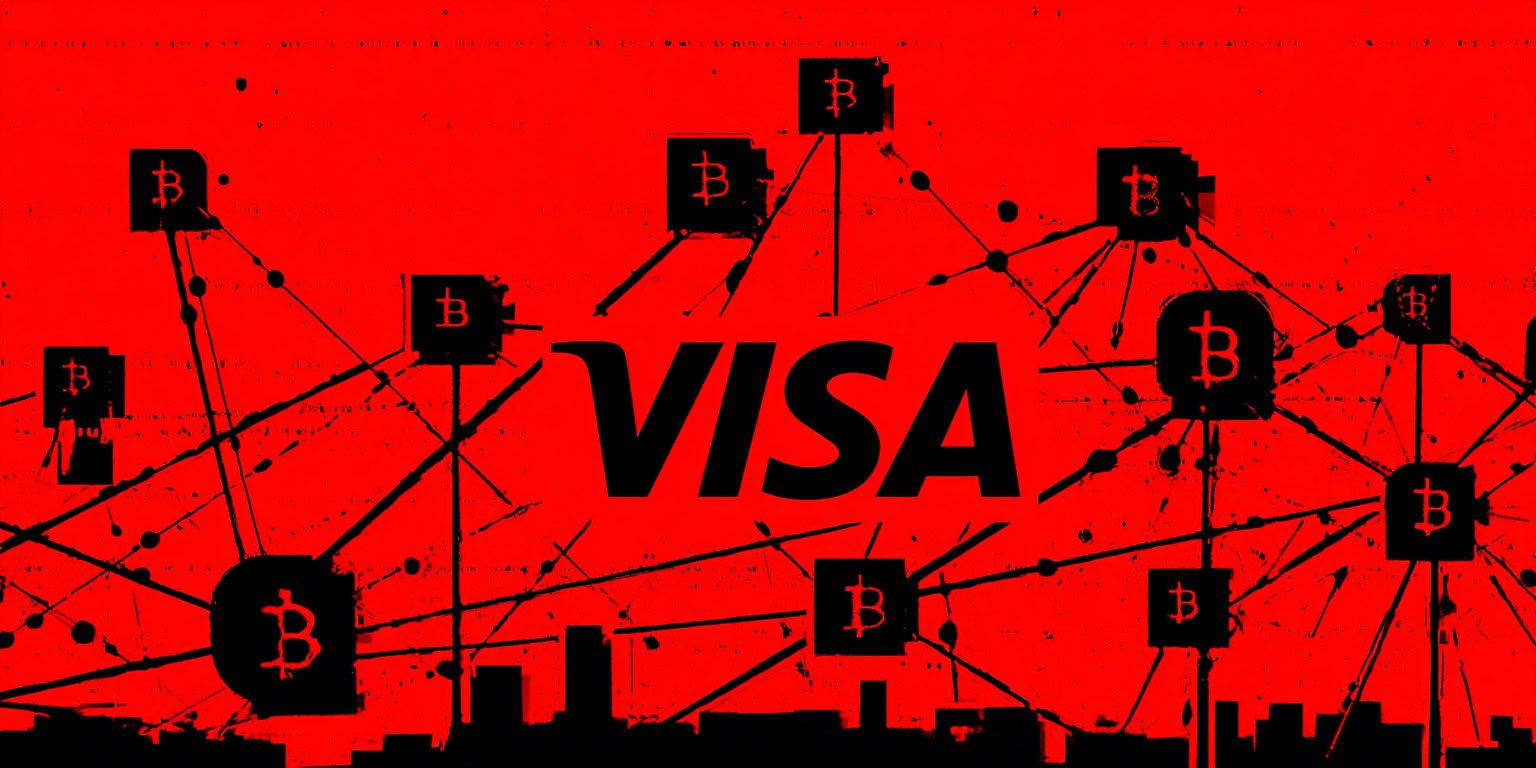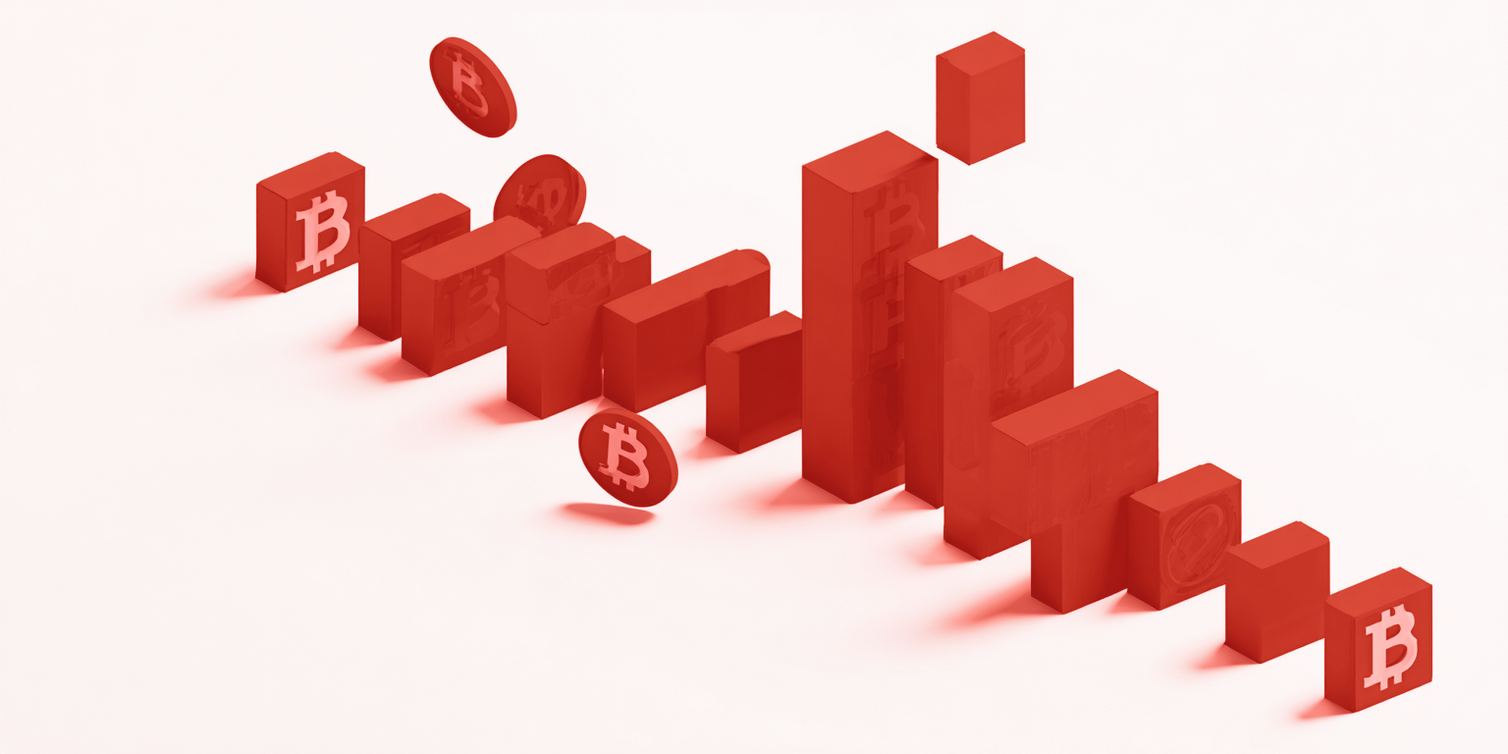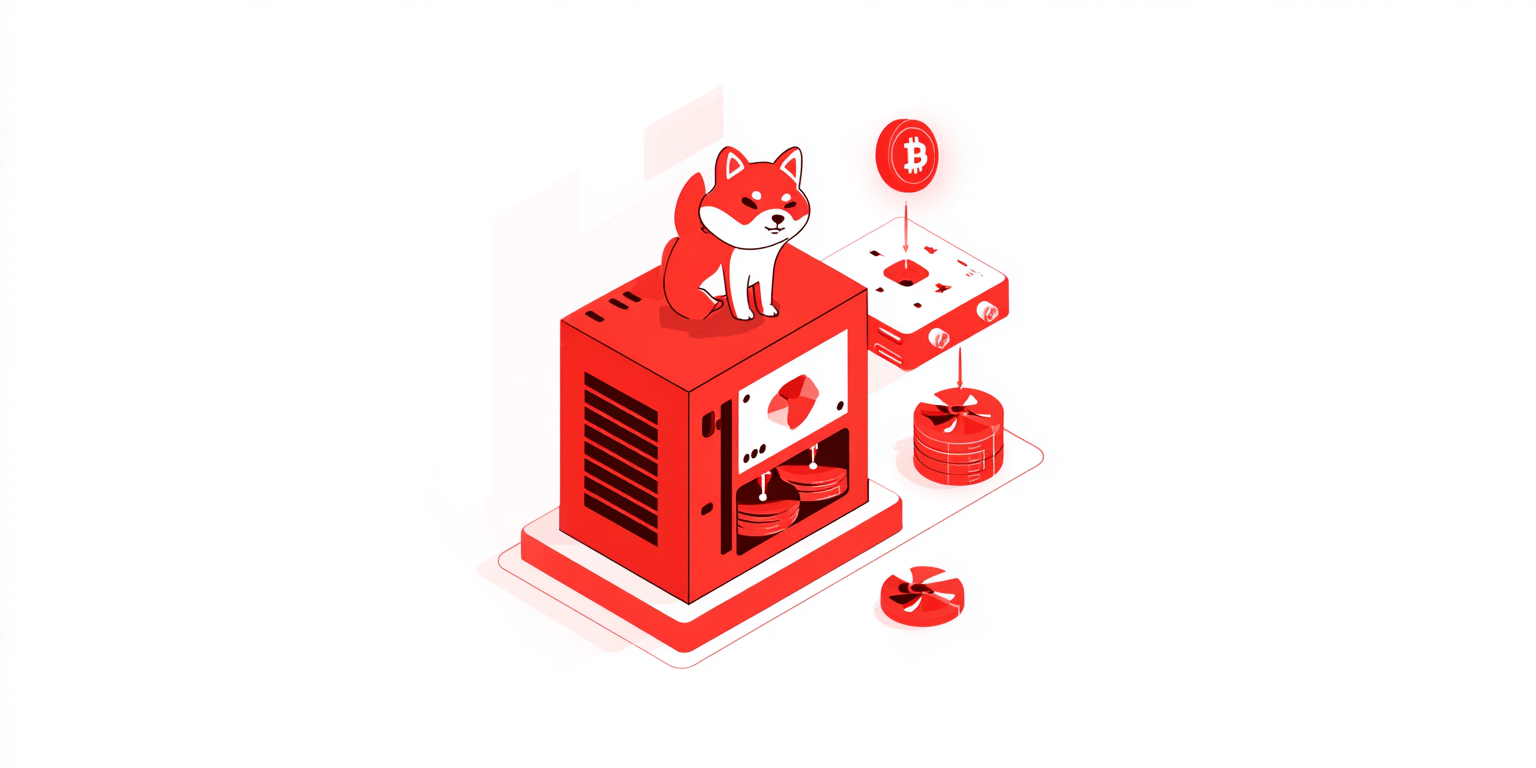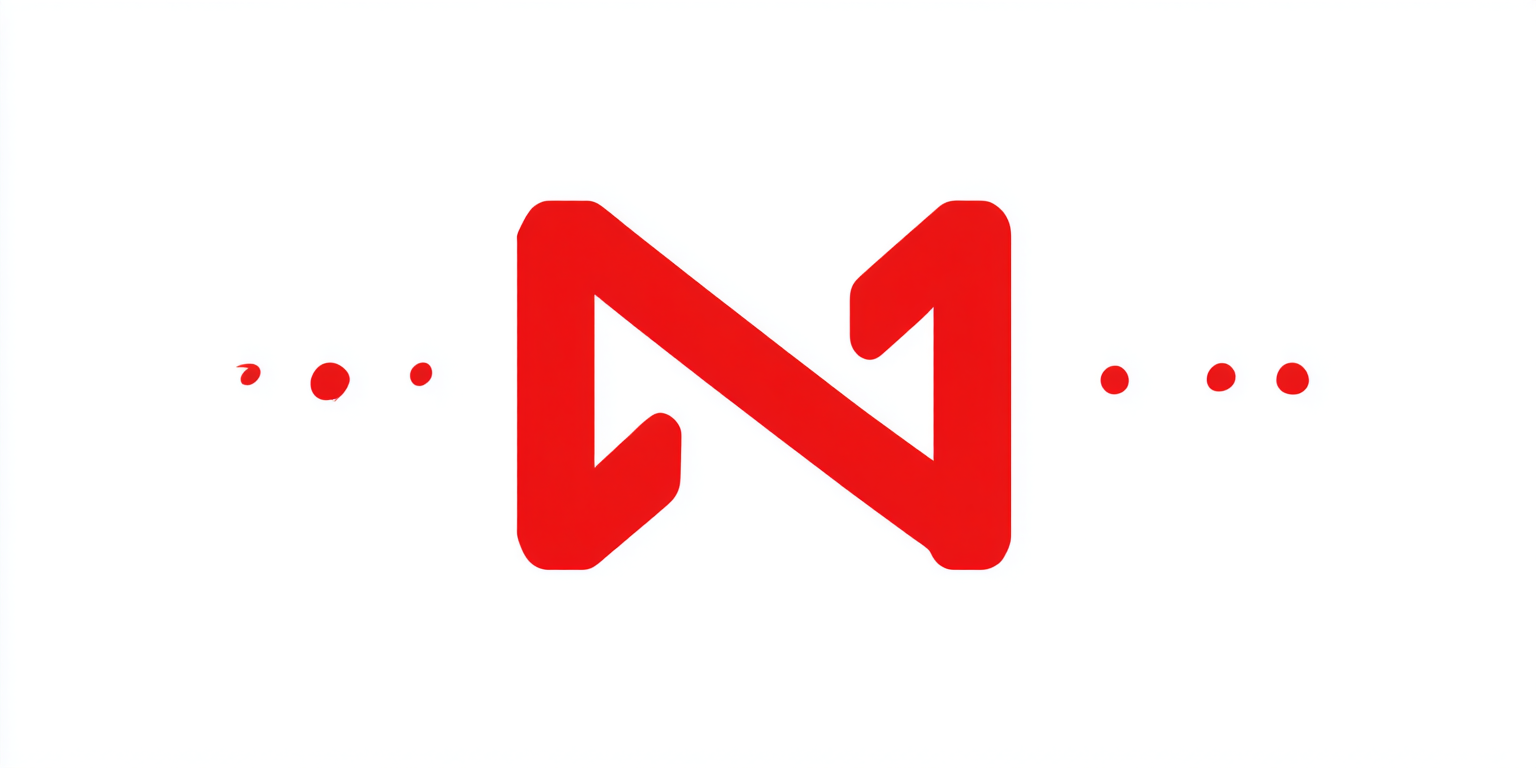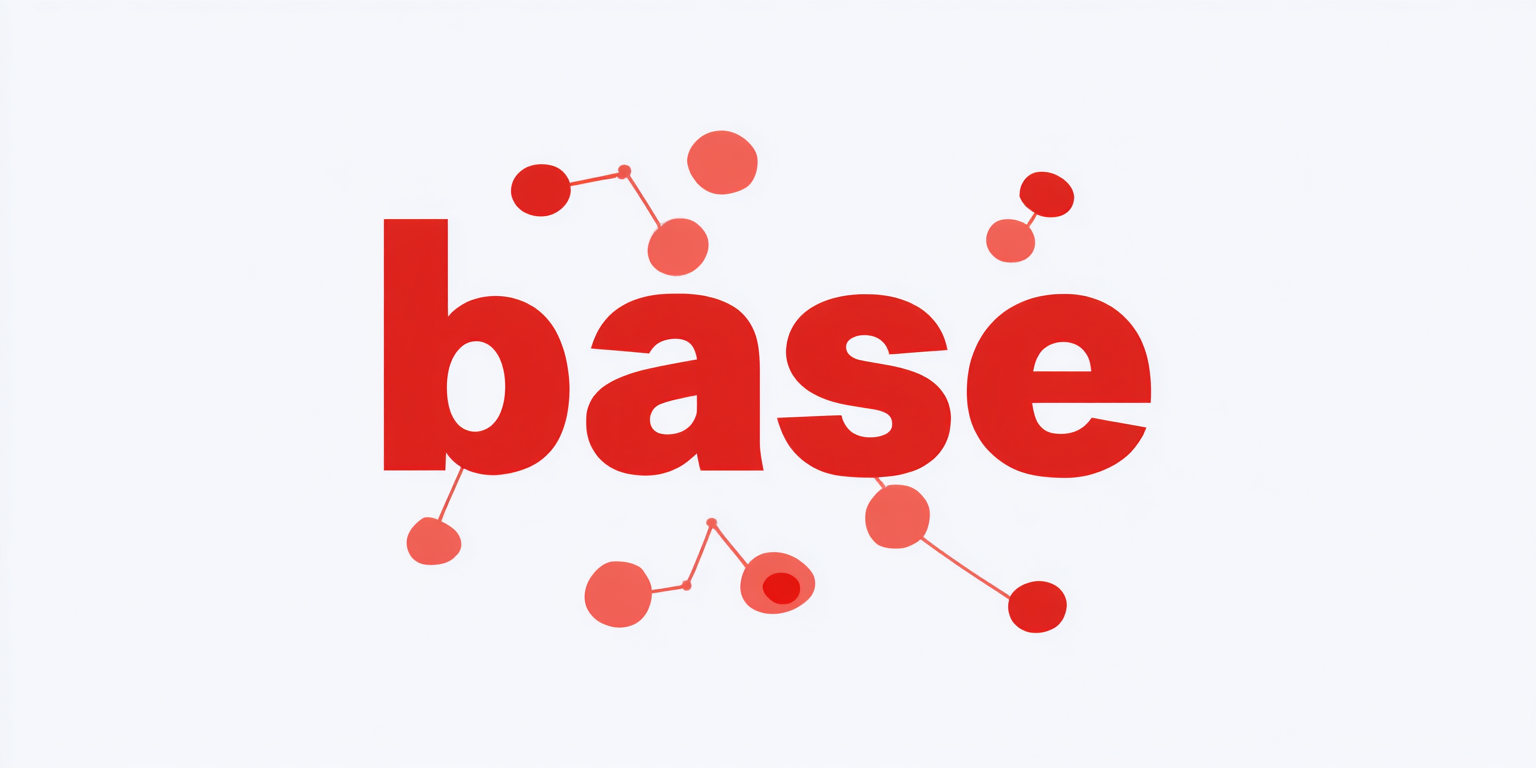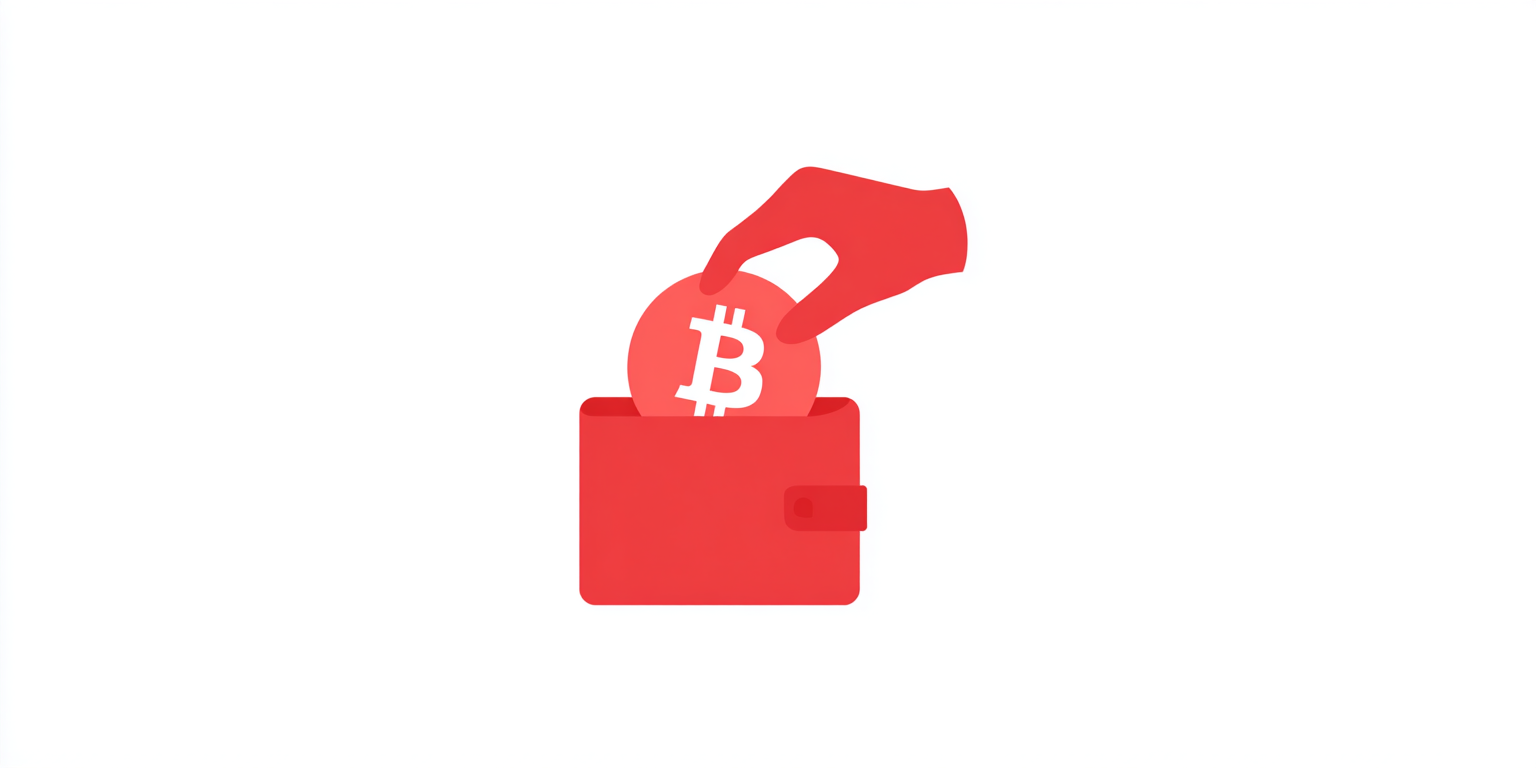Clayton (CLAY) Metrics
- Tether USDT
- USDC USDC
- Usds USDS
- Ethena USDe USDE
- Ethena Staked USDe SUSDE
- USD1 USD1
- USDtb USDTB
- First Digital USD FDUSD
- Falcon USD USDF
- Usual USD USD0
- USD Coin.E USDC.e
- USDD USDD
- USDB USDB
- PayPal USD PYUSD
- USDAI USDAI
- Alchemix USD ALUSD
- Global Dollar USDG
- JUST Stablecoin USDJ
- Ripple USD RLUSD
- Astherus USDF USDF
- Anzen USDz USDZ
- Level USD LVLUSD
- MetaMask USD MUSD
- Frax USD FRXUSD
- Avant USD AVUSD
- InfiniFi USD IUSD
- Avant Staked USD SAVUSD
- Paxos Standard USDP
- Terra Classic USD USTC
- Staked Frax USD SFRXUSD
- Liquity USD LUSD
- Lista USD LISUSD
- Lift Dollar USDL
- Electronic USD EUSD
- StraitsX USD XUSD
- Unstable Coin (usduc.xyz) USDUC
- Quantoz USDQ USDQ
- StablR USD USDR
- USDL Stablecoin USDL
- USDC (Wormhole) SUI USDC
- Sonic USD scUSD
- Bridged USDT (Sonic Labs) USDT
- LayerZero Bridged USDT (Aptos) ZUSDT
- Deflationary USD DUSD
- USDFI USDFI
- Magic USDC Generator MUG
- staked USD1+ SUSD1+
- Verified USD USDV
- Tether USD.E USDT.e
- Parrot USD PAI
- Tether USD (Wormhole from Ethereum) USDTET
- USDA USDA
- USDbr USDBR
- XWC USD XUSD
- Tether USD (Wormhole) USDT
- USDZ USDZ
- USD Coin (Wormhole from Ethereum) USDCET
- Unstable States Dollar USD
- Launch On USD1 L
- USD Open Dollar USDO
- Main Street USD MSUSD
- United States Dominant Peg USDP
- USD Coin (Wormhole) USDC
- USD SMART USDs
- Gaib AI Dollar Alpha USDC AIDAUSDC
- Stargate Bridged USDT0 USDT0
- UNITED STATES DRIP #1 USD1
- SMARDEX USDN USDN
- Bucket USD USDB
- Cod3x USD CDXUSD
- USDQ USDQ
- USD Mapped Token USDM
- Overnight.fi USD+ (Arbitrum) USD+
- USD One USD1
- Ondo US Dollar Yield USDY
- PayFi Strategy Token USDC PSTUSDC
- Glo Dollar USDGLO
- Dialectic USD Vault DUSD
- Worldwide USD WUSD
- Merlin's Seal USDT M-USDT
- Utopia USD UUSD
- Hylo USD HYUSD
- USD0 Liquid Bond USD0++
- Solayer USD SUSD
- Sperax USD USDs
- USD+ USD+
- USD Base Coin USDBC
- Won Chang USDWON
- Axelar Wrapped USDC AXLUSDC
- USDi0 USDi
- Tether USD Bridged ZEB20 USDT.Z
- usdx.money USDX USDX
- USD WINK USDW
- USDA USDA
- DGTEK TOKEN USDG
- ZEDXION USDZ
- USDu USDU
- dForce USD USX
- unstable dark coin USDARK
- Matic Aave Interest Bearing USDC MAUSDC
- USDT1 USDT1
- SMARDEX WRAPPED USDN WUSDN
- SoulPeg USD SPUSD
- Staked USD Coin sUSD
- MoveMoney USD MOVEUSD
- Vow USD VUSD
- USD1DOGE USD1DOGE
- Wrapped USDR WUSDR
- USDC (Stargate Bridge) USDC
- Compound USD Coin CUSDC
- UltraSuperfuckingDementedgreendildoretardstrengthCoin USDC
- Binance USD (Wormhole) BUSD
- Merlin's Seal USDC M-USDC
- TON Bridged USDC JUSDC
- Dibs USD USDIBS
- SkyTrade USDT SUSDT
- Moonwell Flagship USDC (Morpho Vault) MWUSDC
- $USDEBT USDEBT
- Interest Protocol USDI
- Flux USDC FUSDC
- Aave Matic Market USDC AMUSDC
- Fluid USDC FUSDC
- Frapped USDT FUSDT
- Moremoney USD MONEY
- unstable coin (usduc.world) USDUC
- Aave Matic Market USDT AMUSDT
- USD Gambit USDG
- USDP Stablecoin USDP
- Reflecto USD RUSD
- TetherFund USD.F
- USD BIT USDBIT
- Hedge USD USH
- upsidedowncat USDC
- USDH USDH
- Axelar USD Tether AXLUSDT
- Avaware USD AUSD
- Tregrity USD USD.I
- USDMOON MUSD
- TetherTV USDTV
- USDC (Solidly) USDC
- Stabilize USD SUSD
- Organix USD OUSD
- ARAWV USDe ARAW
- Tricolor USD TUSDT
- Zether USD USD.Z
- SORA Synthetic USD XSTUSD
- Arch USD Diversified Yield ADDY
- USD Coin (PoS) (Wormhole) USDC
- AnchorUSD USDX
- Tether (Rainbow Bridge) USDTE
- USDollar USD$
- USDa_Stable_Dollar USDA
- ALEX Wrapped USDT SUSDT
- Decimal Box USD DBUSD
- High Yield USD HYUSD
- KoinPark USD KUSD
- PP PYUSD PP USD
- PayPal USD Fans PYUSDF
- USDZEE USDZ
- Mountain Protocol USD USDM
- DCNTRL Network USDEFI
- USDJPM JPM
- Bridged Tether (opBNB) USDT
- USDollHairs USDH
- USD ZEE USDZ
- Maltese USDT MALTESE
- Micro USD mUSD
- United States Digital Currency USDC
- Axelar Bridged USDC (Cosmos) USDC.AXL
- Classic USDC USDC
- Aurelius USD AUSD
- Zunami USD ZUNUSD
- OpenMoney USD OMUSD
- Tetller USDT TETLLER
- Parallel USD PAUSD
- BounceBit USD BBUSD
- USDC (Aquafarm) USDC
- USDC (Aquafarm) (Stable) USDC
- USDT (Aquafarm) USDT
- USDT (Stable) USDT
- USDT (Aquafarm) (Stable) USDT
- CLASSIC USDT CIT
- ZAI Stablecoin USDZ
- Flash USDT F.USDT
- Tether USD Bridge USDT.z
- Neutral AI USDN
- Parabol USD PARAUSD
- Jigsaw USD JUSD
- Tethers USDT coin USDT
- USD X20 USDT.X
- Web 3 Dollar USD3
- Tenter USD.T USD.T
- Tedra USD USD.T
- USDC.a Bridged ART20 USDC.A
- DeFi Dollar USDFI
- Tether USD Bridged ZED 2.0 USDT.Z
- Unstable Tether USDUT
- USD2 (USD2) USD2
- unstable two USD2
- Tether USD (Bridge TC20) USDT.C
- Unstable Tether USDUT
- Hyper USD USDH
- Ultra Sonic USD USD.B
- United States Permissionless Dollar USDP
- Staked Cap USD STCUSD
- USDT U
- Stably USD USDS
- USDG USDG
- USDK USDK
- Psyche USD1
- Compound USDT CUSDT
- USDoToken USDO
- Wrapped USD WUSD
- Decentralized USD DUSD
- Duet USD DUSD
- USD CBDC CBDC
- MASTER USD MUSD
- Dollars USDX
- Upper Dollar USDU
- USDFreeLiquidity USDFL
- USDEX USDEX
- META USD MUSD
- Bond Appetite USD USDAP
- USDT PRO USDTPRO
- Demeter USD DUSD
- Scientix USD SCUSD
- Kolibri USD KUSD
- USDP USDP
- USDGold USDG
- USDO USDO
- USDC (Solidly1) USDC
- Balancer Boosted Aave USD BB-A-USD
- Ratio Stable Coin USDR
- Cryptex Dollar USDX
- Wrapped USDC (Allbridge from Polygon) APUSDC
- Wrapped USDT (Allbridge from Polygon) APUSDT
- USD Coin on Elastos ETHUSDC
- iZUMi Bond USD IUSD
- Inflation Adjusted Spice USD (BEP-20) IUSDS
- Inflation Adjusted Spice USD (Polygon) IUSDS
- Port Finance 2022 March Principal USDC PPUSDC
- Heco-Peg USDCHECO Token USDC (HRC-
- USD Coin (Wormhole from Polygon) USDCPO
- USDT@moonriver USDT.M
- Tether USD (Wormhole from Polygon) USDTPO
- dForce USD (Arbitrum) USX
- BridgeTech USDT BUSDT
- Force Bridge USDC USDC
- Binance USD (Wormhole from BSC) BUSDBS
- Saber Wrapped USD Coin (8 decimals) SUSDC-8
Clayton Informe sur la disponibilité du portefeuille matériel pour une crypto-monnaie donnée.
Tableau des prix
4.07%
Clayton (CLAY)
What is Clayton?
Clayton (CLAY) is a cryptocurrency that serves as the native token of the Klaytn blockchain, a project developed by Kakao, a leading South Korean tech company. The primary purpose of the Clayton token is to facilitate transactions and enable smart contracts within the Klaytn ecosystem, promoting user-friendly blockchain experiences for businesses and developers. As a blockchain-based asset, CLAY is integral to the governance and operation of the Klaytn platform, empowering users to participate in decision-making processes and access various decentralized applications.
When and how did Clayton start?
Clayton (CLAY) was launched in 2019 by Ground X, the blockchain subsidiary of the South Korean internet company Kakao. Designed to facilitate the development of decentralized applications (dApps), Clayton aims to provide a user-friendly blockchain experience while ensuring scalability and speed. The platform gained significant attention after its initial listing on major exchanges, including Bithumb and Upbit, which helped to establish its presence in the crypto market. Clayton's early development was marked by strategic partnerships and collaborations, enhancing its ecosystem and driving adoption among developers and users alike.
What’s coming up for Clayton?
Clayton (CLAY) is poised for significant advancements in its roadmap, with upcoming upgrades aimed at enhancing scalability and interoperability within its ecosystem. The next phase includes the launch of the Clayton 2.0 upgrade, which promises to introduce new decentralized applications (dApps) and improved governance features. Community goals focus on expanding partnerships to drive adoption and usage across various sectors, including gaming and finance. As Clayton evolves, it aims to solidify its position as a leading platform for enterprise blockchain solutions, fostering a robust environment for developers and users alike.
What makes Clayton stand out?
Clayton (CLAY) is unique compared to other cryptocurrencies due to its hybrid consensus mechanism, which combines practical Byzantine Fault Tolerance (PBFT) and proof-of-stake (PoS), enabling faster transaction speeds and enhanced scalability. Its standout technology supports a robust ecosystem designed for real-world use cases, particularly in the gaming and digital services sectors, allowing businesses to easily integrate blockchain solutions. Additionally, Clayton emphasizes developer-friendly tools and a user-centric approach, fostering a vibrant community and ecosystem.
What can you do with Clayton?
Clayton (CLAY) is a utility token primarily used for payments within the Clayton ecosystem and enables users to engage in governance decisions. Additionally, it supports staking, allowing users to earn rewards, and facilitates transactions in DeFi apps and NFTs built on the platform. Its multifaceted use enhances user participation and the overall functionality of the Clayton network.
Is Clayton still active or relevant?
Clayton (CLAY) is currently active, with ongoing development and a dedicated team working on updates. The project is still traded on various exchanges, reflecting a stable level of trading activity. Additionally, the community remains engaged, indicating that Clayton is not an inactive or abandoned project.
Who is Clayton designed for?
Clayton (CLAY) is primarily built for developers and businesses looking to create and deploy decentralized applications (dApps) with ease. Its user-friendly infrastructure and robust ecosystem are ideal for enterprises seeking to leverage blockchain technology for various use cases, including gaming and DeFi. The platform fosters a community of innovators and investors interested in enhancing the efficiency and scalability of blockchain solutions.
How is Clayton secured?
Clayton (CLAY) secures its network through a unique consensus mechanism known as Proof of Stake (PoS), where a set of validators participate in block production and transaction verification. This model enhances network security by incentivizing validators to act honestly, as they risk losing their staked tokens for malicious behavior. The combination of PoS and a robust validator setup ensures effective blockchain protection and efficient consensus.
Has Clayton faced any controversy or risks?
Clayton (CLAY) has faced significant risks related to market volatility, which can lead to extreme price fluctuations and investor uncertainty. Additionally, the platform has encountered security incidents, including hacks that raised concerns about the robustness of its infrastructure. Legal issues and controversies surrounding regulatory compliance further complicate its standing in the rapidly evolving crypto landscape.
Clayton (CLAY) FAQ – Key Metrics & Market Insights
Where can I buy Clayton (CLAY)?
Clayton (CLAY) is widely available on centralized cryptocurrency exchanges. The most active platform is Kucoin, where the CLAY/USDT trading pair recorded a 24-hour volume of over $7,413.53.
What’s the current daily trading volume of Clayton?
As of the last 24 hours, Clayton's trading volume stands at $7,413.53 , showing a 214.44% increase compared to the previous day. This suggests a short-term increase in trading activity.
What’s Clayton’s price range history?
All-Time High (ATH): $0.000346
All-Time Low (ATL): $0.00000520
Clayton is currently trading ~95.88% below its ATH
and has appreciated +133% from its ATL.
What’s Clayton’s current market capitalization?
Clayton’s market cap is approximately $1,426,387.00, ranking it #2113 globally by market size. This figure is calculated based on its circulating supply of 100 000 000 000 CLAY tokens.
How is Clayton performing compared to the broader crypto market?
Over the past 7 days, Clayton has gained 10.51%, outperforming the overall crypto market which posted a 0.78% gain. This indicates strong performance in CLAY's price action relative to the broader market momentum.
Tendances Aperçu du marché
#2753
150.04%
#1892
145.92%
#283
70.54%
#1573
42.93%
#1027
41.88%
#544
-49.98%
#2524
-45.07%
#2987
-29.68%
#1715
-26.14%
#903
-23.45%
#1
0.27%
#6775
no data
Nouvelles toutes les nouvelles
Education All Education
Clayton Notions de base
| Mots clés |
|
|---|
Pièces similaires
Popular Coins
Popular Calculators
Clayton Échanges
Clayton Les marchés
What is Market depth?
Market depth is a metric, which is showing the real liquidity of the markets. Due to rampant wash-trading and fake activity - volume currently isn't the most reliable indicator in the crypto space.
What is it measuring?
It's measuring 1% or 10% section of the order book from the midpoint price (1%/10% of the buy orders, and 1%/10% of the sell orders).


Why it is important to use only 1% or 10%?
It's important, because measurement of the whole order book is going to give false results due to extreme values, which can make false illusion of liquidity for a given market.
How to use it?
By default Market depth is showing the most liquid markets sorted by Combined Orders (which is a sum of buy and sell orders). This way it provides the most interesting information already. Left (green) side of the market depth bar is showing how many buy orders are open, and right (red) side of the bar is showing how many sell orders are open (both can be recalculated to BTC, ETH or any fiat we have available on the site).


Confidence
Due to rampant malicious practices in the crypto exchanges environment, we have introduced in 2019 and 2020 new ways of evaluating exchanges and one of them is - Confidence. Because it's a new metric - it's essential to know how it works.
Confidence is weighted based on 3 principles:
Based on the liquidity from order books (75%) - including overall liquidity and market depth/volume ratio, volumes included, if exchange is low volume (below 2M USD volume 24h)
Based on web traffic (20%) - using Alexa rank as a main indicator of site popularity
Based on regulation (5%) - researching and evaluating licensing for exchange - by respective institutions
Adding all of these subscores give overall main result - Confidence
Confidence is mainly based on liquidity, because it's the most important aspect of cryptocurrency exchanges. Without liquidity there is no trading, illiquid markets tend to collapse in the long term. Besides liquidity - there is also an additional factor in calculation of score - market depth/volume ratio. If volume is huge (especially when it’s growing much faster than liquidity), and market depth seems to not keep pace with - it's reducing overall score. Exchanges that keep market makers liquidity with expanding volume are those that keep all ratios in-tact and have overall score above 75-80% (it means that they have all liquidity ratios above minimum requirements, high web traffic participation, and are often regulated).
Autres pièces d’intérêt - similaires à Clayton
- usd
| # | Nom | Capitalisation boursière | Prix | Volume (24 h) | Le Supply en circulation | 7d carte | ||
|---|---|---|---|---|---|---|---|---|
| 9 |  | Dogecoin DOGE | $27,907,204,802.00 | $0.187111 | $1,156,764,012.00 | 149,147,696,384 | ||
| 32 |  | Shiba Inu SHIB | $5,997,136,904.00 | $0.00001018 | $89,997,774.00 | 589,264,883,286,605 | ||
| 48 |  | Pepe PEPE | $2,810,096,759.00 | $0.00000668 | $343,136,982.00 | 420,690,000,000,000 | ||
| 69 |  | Pump.fun PUMP | $1,645,241,839.00 | $0.004648 | $133,572,333.00 | 354,000,000,000 | ||
| 74 |  | OFFICIAL TRUMP TRUMP | $1,539,258,931.00 | $7.70 | $488,328,229.00 | 199,999,527 |
| # | Nom | Capitalisation boursière | Prix | Volume (24 h) | Le Supply en circulation | 7d carte | ||
|---|---|---|---|---|---|---|---|---|
| 3 |  | Tether USDT | $177,575,058,005.00 | $1.000872 | $58,094,408,633.00 | 177,420,277,588 | ||
| 439 |  | Notcoin NOT | $81,162,065.00 | $0.000792 | $8,475,512.00 | 102,456,956,984 | ||
| 606 |  | EVAA Protocol EVAA | $47,576,260.00 | $7.19 | $55,712,301.00 | 6,617,972 | ||
| 819 |  | Dogs DOGS | $27,331,744.00 | $0.00005289 | $8,484,328.00 | 516,750,000,000 | ||
| 837 |  | Hamster Kombat HMSTR | $25,968,992.00 | $0.000403 | $5,500,102.00 | 64,375,000,000 |
Clayton La liquidité
| CLAY Prix | $0.00001426 4.07% |
|---|---|
| Volume 24h | $7,413.53 214.44% |
| Commandes combinées | $1,215.40 |
|---|
What is Market depth?
Market depth is a metric, which is showing the real liquidity of the markets. Due to rampant wash-trading and fake activity - volume currently isn't the most reliable indicator in the crypto space.
What is it measuring?
It's measuring 1% or 10% section of the order book from the midpoint price (1%/10% of the buy orders, and 1%/10% of the sell orders).


Why it is important to use only 1% or 10%?
It's important, because measurement of the whole order book is going to give false results due to extreme values, which can make false illusion of liquidity for a given market.
What is showing Historical Market Depth?
Historical Market Depth is showing the history of liquidity from the markets for a given asset. It’s a measure of combined liquidity from all integrated markets on the coinpaprika’s market depth module.
Sélectionner la version du widget:
Prix d'affichage
Afficher les statistiques des marchés
Afficher le graphique des prix
Devise d'affichage principale:
- usd
Sélectionnez le mode widget:
Jour
Nuit
Sélectionner une date personnalisée
Aperçu du widget:
USD n'est pas une devise valide pour le widget coinpaprika. Veuillez sélectionner l'une de ces devises {currencyList}




 Clayton
Clayton








